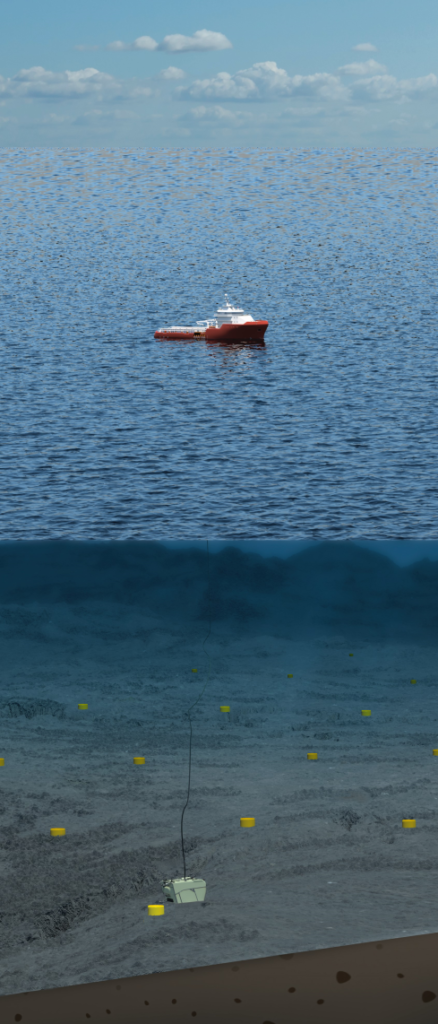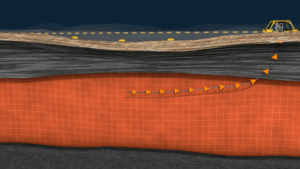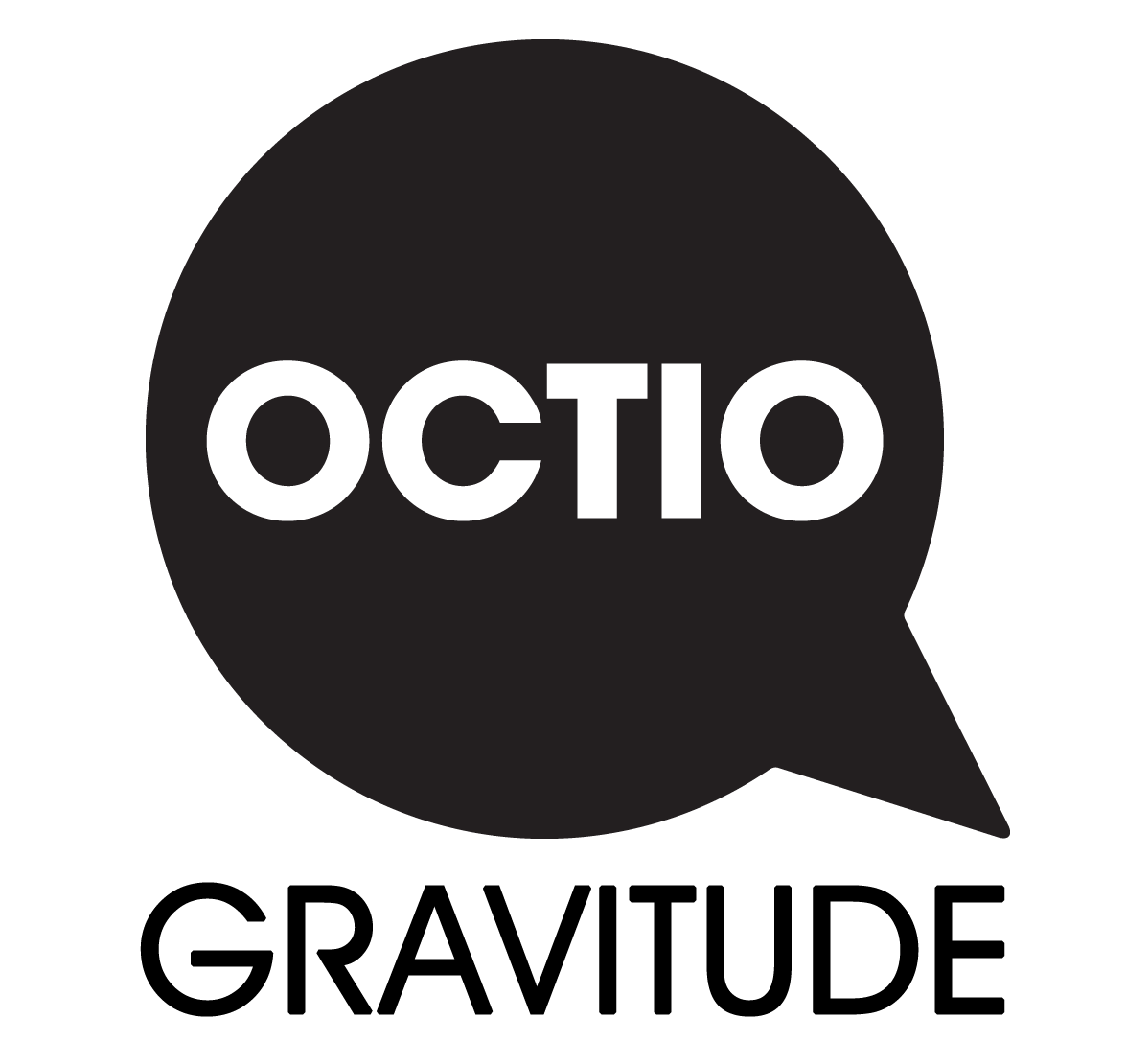Production of hydrocarbons from offshore reservoirs often leads to subsidence of the seafloor. The measurement of how this subsidence distributes laterally is a powerful geophysical tool for understanding the dynamics of the reservoir.
Gravitude DepthWatch surveying technology provides unique field-wide subsidence measurements with an accuracy of a few millimeters.
Some applications of such precise subsidence measurements are mapping pressure drop and compressibility within the reservoir, identifying non-depleting compartments or identifying the drill window for infill wells. DepthWatch can also be useful for calibrating the geomechanical model for improved seismic interpretation. In extreme cases, DepthWatch can be a tool in providing person and installation safety.
DepthWatch can be deployed both in dedicated surveys and as an add-on to any OBN survey conducted with the help of ROVs. In the latter case, the technology yields additional value by measuring node depths with an accuracy of a few cm. This provides better control and reduced uncertainties in 4D seismic processing
DepthWatch is available for any OBN survey conducted with the help of ROVs.
The technology has been applied in several fields in Norway and the Gulf of Mexico, with water depths ranging from 800 to 3000 m. In all cases, relative node depth measurements were obtained with an accuracy of less than 8 cm. A conference paper reporting the results has been publised by OCTIO and the client oil company.

Measuring relative depths is a complex physical problem. Lateral, vertical and temporal variations in water properties limit the accuracy of methods based on pressure or travel time of sound waves. Sensor drifts and sensitivity to external conditions introduce further operational challenges. As a result, the vertical position of seismic nodes is typically reported by OBN contractors with accuracies in the order of a few meters.
Gravitude’s patented DepthWatch technology has been used for decades to monitor vertical deformation of the seafloor over hydrocarbon producing fields. The technology is being used periodically in the largest gas fields in Norway.
Benchmark field measurements demonstrate an absolute accuracy of a few millimeters in monitoring seafloor subsidence, over periods of several years.
DepthWatch is based on water pressure measurements. The accuracy obtained is orders of magnitude better than the specification for the top-class pressure sensors utilized. The key to this unique accuracy is the patented operation and processing procedures and the instrumentation that provides an optimal working environment for the sensors.
Recent developments in DepthWatch have allowed to drastically reduce the time required for acquiring precise depth data. This makes the technology feasible for OBN surveys, where promptness of operation is essential.
Several effects complicate the travel time analysis in 4D seismic. Differences in tides and water velocities not only between baseline and monitor surveys, but also during an individual acquisition are sources of 4D noise which can blur time-lapse images.
Those effects are often addressed by monitoring tidal variations and travel times through the water column during an OBN survey using dedicated devices. However, such monitoring is normally performed at a few specific locations above the surveyed area, and that is not sufficient for capturing all lateral variations.

An independent measurement of relative node depths with DepthWatch provides determination of individual relative node depths with an accuracy of a few centimeters and reduced impact of node depth uncertainty in repeatability to the 0.1 ms level. It has improved separation of tidal static and water velocity variations (cold water static).
The service has the ability to monitor lateral variations of sound velocity throughout the field, by incorporating sensor depths in first arrival analyses.
DepthWatch has the possibility of accurately measuring seafloor subsidence across the field, providing enhanced safety and a means to improve the geomechanical model.
DepthWatch can be used in any OBN operation utilizing ROVs. Gravitude coordinates the preparations with the OBN contractor.
Gravitude provides its expertise and instrumentation during the OBN operation.
DepthWatch instrumentation is incorporated into the ROV deploying and/or retrieving the nodes. One or two Gravitude engineers control the DepthWatch data acquisition from the OBN vessel.
Node depth results are provided timely and are available when seismic processing starts.
